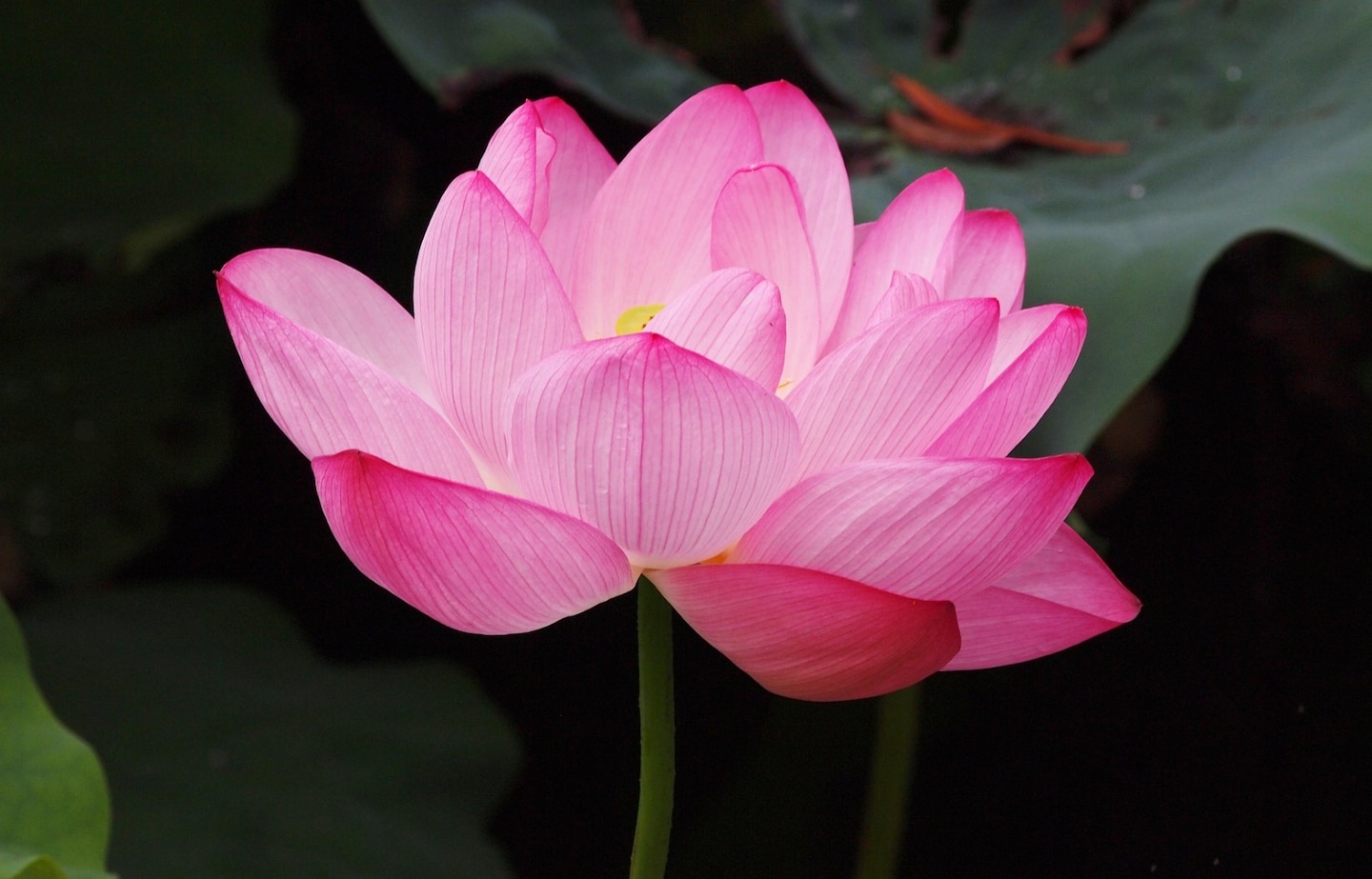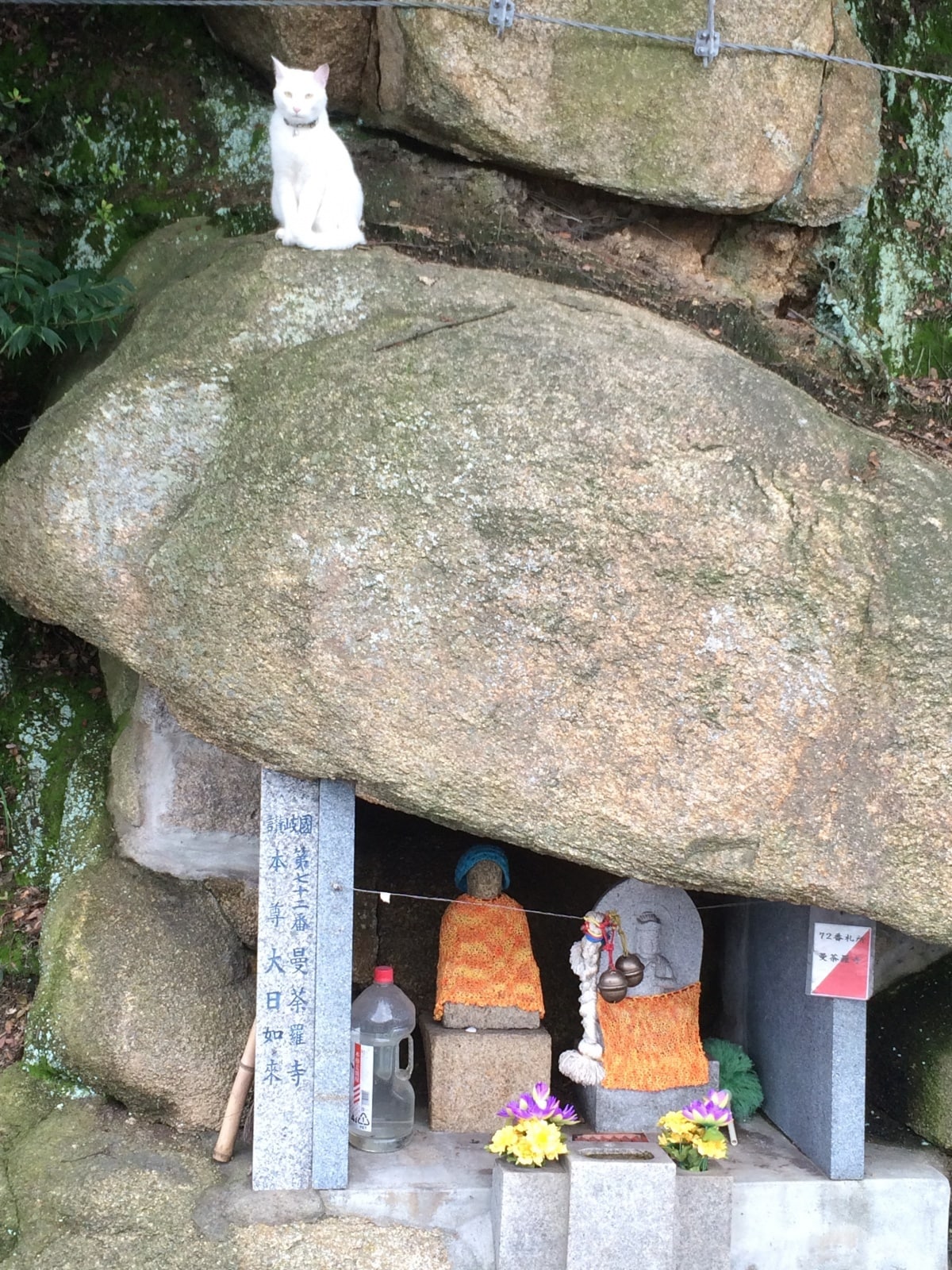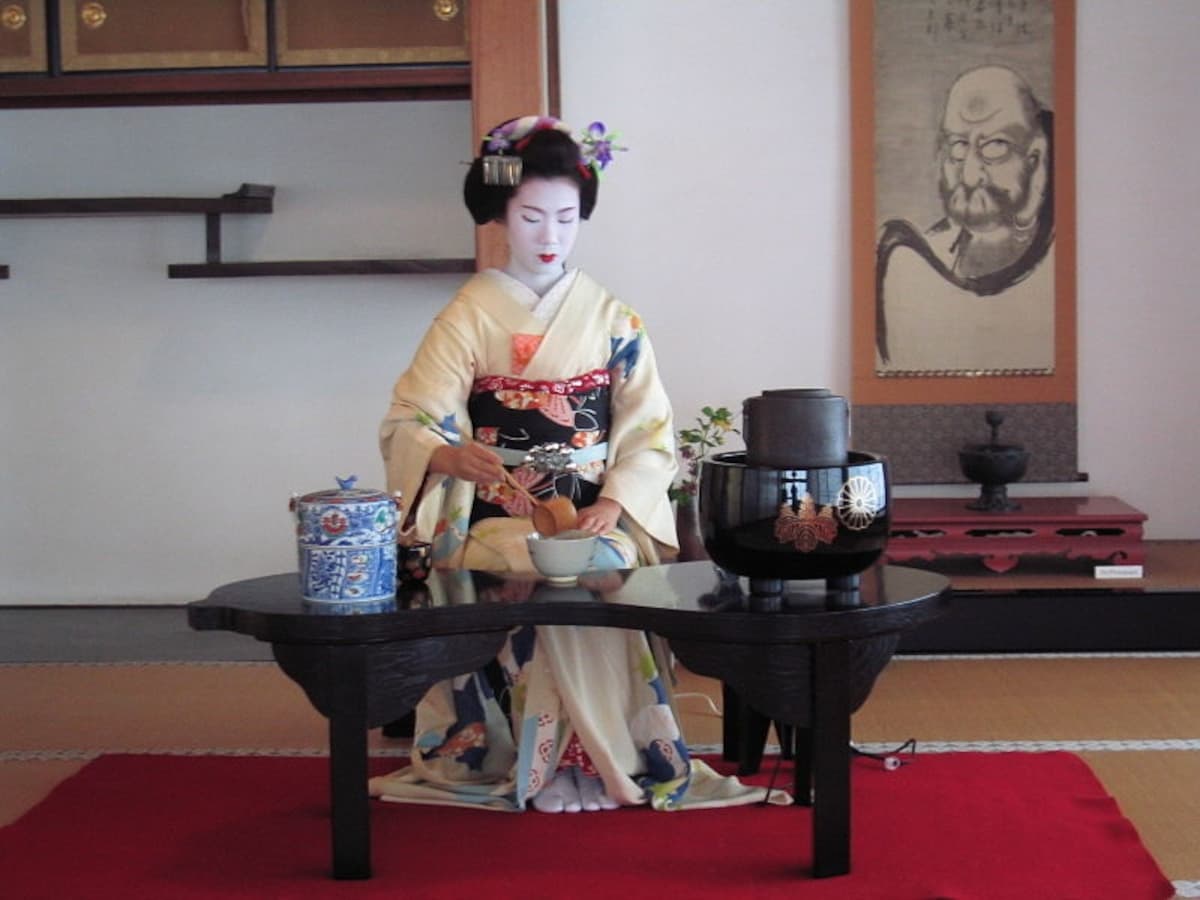Brush Up on Your Japanese Buddhism Knowledge

There are two main religions in Japan: Buddhism and Shinto. Shinto is Japan’s indigenous religion, and is an animist belief system that worships nature and incorporates over 8 million kami (gods or deities). Buddhism, on the other hand, made its way from mainland Asia to Japan around the sixth century.
By SoraNews24
http://en.rocketnews24.com/2016/01/30/japanese-buddhism-in-10-minutes%E3%80%90rocketpedia%E3%80%91/
Rather than replacing Japan’s original religion, however, Buddhism found a complementary role, and many modern Japanese people identify as being both Buddhist and Shinto. Buddhist temples were built on grounds already thought to be sacred according to Shinto, and so today we have both Shinto shrines and Buddhist temples standing alongside one another.
Although Shinto and Buddhism are distinct entities, there is a blurring of the two, such as shown in the picture above where deities on a Buddhist pilgrimage route are placed underneath a sacred Shinto rock. In countryside areas, the local Buddhist priest may even perform Shinto rituals as well as Buddhist ones. This amalgamation is one reason Japanese people identify with both belief systems and take part in ceremonies belonging to either one, depending on the occasion.

https://en.wikipedia.org/wiki/Tea_ceremony#/media/File:Toshihana_tea_ceremony.jpg
Just like there are Christian roots to many aspects of Western thought, so it is that the Japanese ethos is made up of a blend of animist and Buddhist beliefs.
You might not recognize the Buddhist influence in Japanese society right away, because Buddhism isn’t necessarily overtly taught. It’s more a fabric of society and instilled in children in the way they are raised and educated. Principles such as harmony, reticence and making the utmost effort, as well as minimalist architecture and design, are all representative of Japanese core Buddhist values.
Icons of the Japanese arts such as tea ceremony and ikebana were perfected by Buddhist priests. Zen had a profound influence on Japan’s warrior class and thus on the martial arts. One could say that Japan has a Shinto background but a Buddhist soul.




